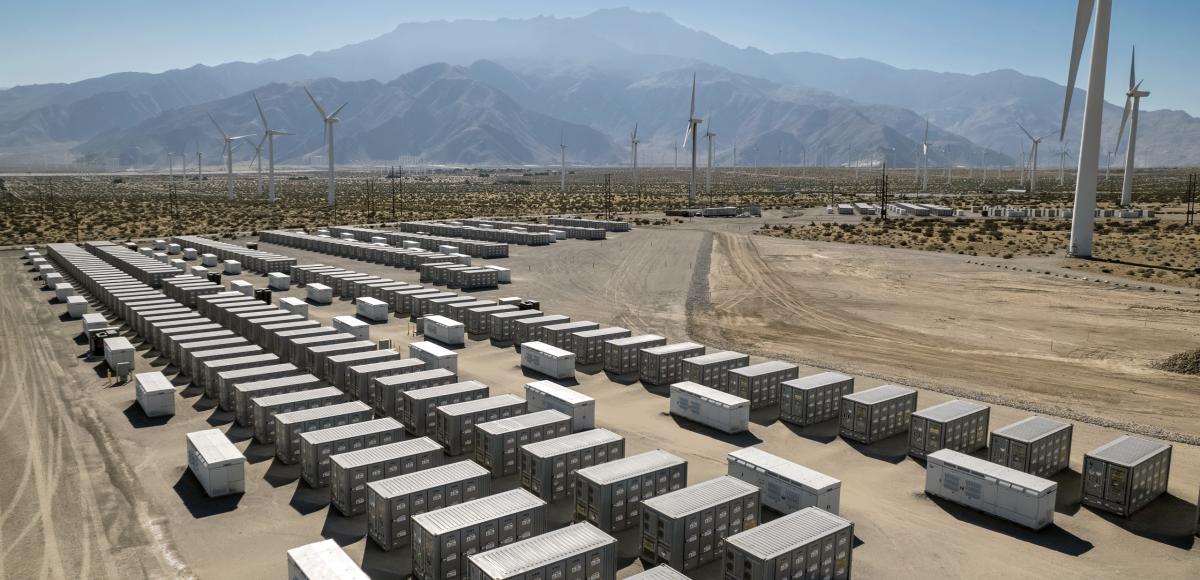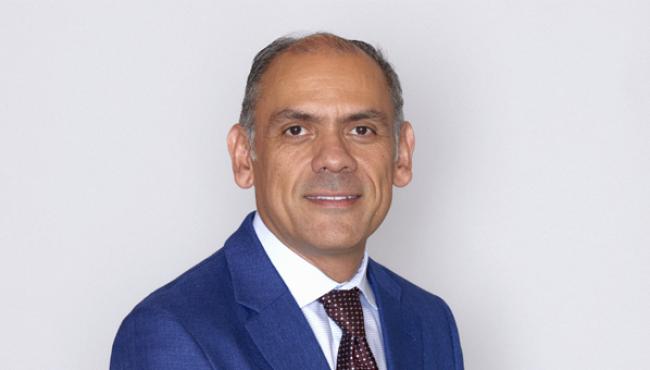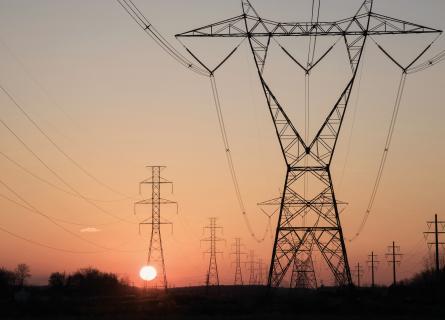
How can Storage as Transmission only Assets (SATOAs) help solve the increasing electric transmission challenges in the US?
AFRY’s latest market reports point towards the electric transmission grid as one of the major obstacles for the energy transition.
According to the Department of Energy (DOE), today’s grid cannot adequately support 21st century challenges including integration of renewables and other clean energy technologies, and electrification of transportation and buildings, while remaining resilient to extreme weather driven by climate change. Following the DOE’s latest National Transmission Needs Study, transmission capacity in the U.S. needs to increase 64% by 2035 to meet moderate load growth and higher renewable penetration. Under the same conditions, interregional transmission capacity should grow by 114%. Under high load growth projections, the numbers increase to 128% and 412%, respectively. The largest interregional transmission investments are needed in the Mid-Atlantic - Midwest (35 GW) and the Midwest – Plain regions (20 GW), both by 2035.
These transmission investments will require billions of US dollars in infrastructure charges that for the most part will be passed to ratepayers. Utilities and industry associations are exploring ways to lower the burden. The American Council on Renewable Energy (ACORE) estimates that the needed MISO - PJM transmission capacity expansion could save over $15 billion in avoided new generation capacity by 2035, while achieving same reliability levels but reducing congestion costs and wholesale power prices. Since 2018, congestion costs between PJM and MISO ranged from $200 million to $1.7 billion per year.
Anticipated transmission and transfer capacity need for contiguous United States in 2035

Median % growth compared to 2020 system shown
Transmission investments take a long time from planning, achieving regulatory approvals and performing the actual construction (3-5 years easily). An example is the SunZia Wind & Transmission project, the largest clean energy infrastructure project in U.S. history. The 550-mile 525 kV HVDC project started construction late in 2023 with 3 GW of transfer capability and planned to be operational by 2026. The transmission project is designed to connect the SunZia (3.5 GW) wind farm in New Mexico to the western market. It received approval in May 2023 after 17 years of the initial proposal and a combined investment of over $8 billion.
What exactly are SATOAs?
The Federal Energy Regulatory Commission (FERC) has defined SATOAs as an electric storage resource connected to the grid as a transmission facility solely to support the transmission system. SATOAs are not meant to participate in the Energy and Operating Reserve Markets except to the extent necessary to provide reliability services.
How can they be deployed and what are their potential use cases?
Under specific system conditions, SATOAs can be deployed to prevent localised overloading. ISO New England (ISO-NE) has stated that they could also be installed as a last resort to help prevent or mitigate controlled outages in the event that demand for electricity were to exceed regional available supply, or to assist with system recovery after an outage.
The New York Battery and Energy Storage Technology Consortium (NY-BEST) has concluded that energy storage can be a cost-effective solution for integrating renewable energy, maintaining reliability, and modernising the electric grid. SATOAs can be used to reduce congestion, improve transfer capability and deliverability, provide grid voltage support, and reduce local capacity requirements. Additionally, energy storage projects have shorter development, permitting, and construction timelines compared to transmission projects.
What does their cost allocation and revenue model look like?
An initial cost allocation and revenue model for SATOAs can be found at the FERC’s approval order to ISO-NE for their test deployment.
SATOAs business model are based on the following three key points:
- Categorised as Pool Transmission Facilities, SATOAs will be eligible for compensation through the Annual Transmission Revenue Requirements set forth in the ISO-NE Tariff
- Net costs/revenues stemming from the New England Markets for charging and discharging will be charged (or credited) to transmission ratepayers
- As price-takers in the Real Time Energy Market, SATOAs will pay or get paid the Locational Marginal Price for energy at the time of consumption or injection at the node but will be unable to make bids or offers into the energy market
SATOAs will be operated in a manner that preserves ISO-NE’s independence because the SATOA owner will be responsible for maintaining the necessary state of charge to serve the transmission function. Meanwhile, ISO-NE will exercise operating authority (i.e., functional control) of the SATOA for transmission purposes only and will not be responsible for buying power to charge the SATOAs.
Are SATOAs being implemented?
The implementation of SATOAs has been recently approved by FERC for ISO-NE and SPP but there are prescribed limits governing this implementation. For instance, in ISO-NE the aggregate amount of SATOAs cannot exceed 300 MW of each charging and discharging capacity. Moreover, the total capacity of SATOAs at one single substation is limited to 30 MW. These limits are introduced to minimise the likelihood of sudden impacts on area control error and generation dispatch. These measures are taken to study the impact and behavior of SATOAs connected to the grid.
Conclusion
SATOAs impact on the grid reliability will be tested in the upcoming months and years. Looking at FERC’s recent approval orders for their deployment in SPP and ISO-NE, their expansion into different grid operators seems plausible if early testing yields positive results. The business models that are being designed will demonstrate if SATOAs will provide lucrative investment opportunities as well as enhanced grid reliability.
Interested in SATOAs or in how we can support your energy projects in North America? Please contact our experts below.
At AFRY we are a leading advisor to the energy industry, providing a “one-stop-shop” for clients across the whole value chain at whatever stage in their transition to clean energy. We can support your business through thought leadership and advisory services, business concept design, feasibility studies, and project implementation and financing.


